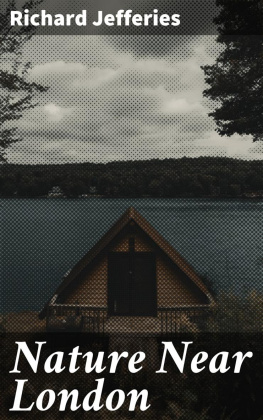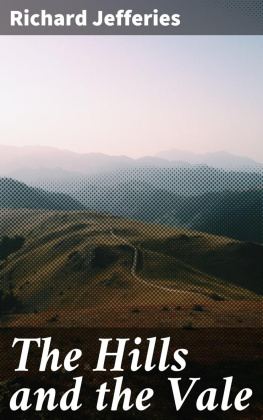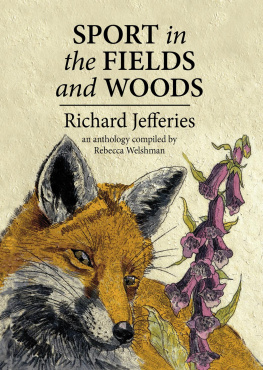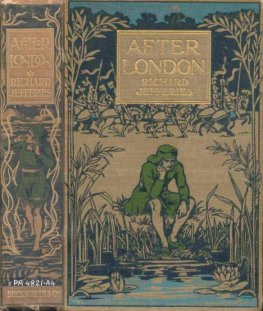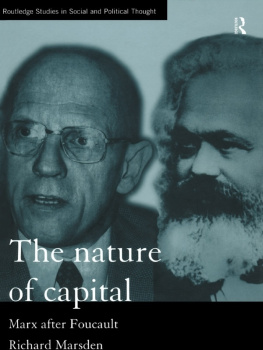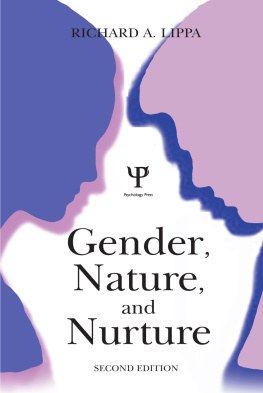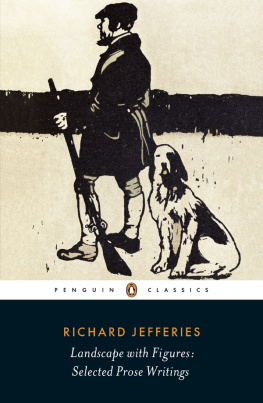PREFACE
Table of Contents
It is usually supposed to be necessary to go far into the country to find wild birds and animals in sufficient numbers to be pleasantly studied. Such was certainly my own impression till circumstances led me, for the convenience of access to London, to reside for awhile about twelve miles from town. There my preconceived views on the subject were quite overthrown by the presence of as much bird-life as I had been accustomed to in distant fields and woods.
First, as the spring began, came crowds of chiffchaffs and willow-wrens, filling the furze with ceaseless flutterings. Presently a nightingale sang in a hawthorn bush only just on the other side of the road. One morning, on looking out of window, there was a hen pheasant in the furze almost underneath. Rabbits often came out into the spaces of sward between the bushes.
The furze itself became a broad surface of gold, beautiful to look down upon, with islands of tenderest birch green interspersed, and willows in which the sedge-reedling chattered. They used to say in the country that cuckoos were getting scarce, but here the notes of the cuckoo echoed all day long, and the birds often flew over the house. Doves cooed, blackbirds whistled, thrushes sang, jays called, wood-pigeons uttered the old familiar notes in the little copse hard by. Even a heron went over now and then, and in the evening from the window I could hear partridges calling each other to roost.
Along the roads and lanes the quantity and variety of life in the hedges was really astonishing. Magpies, jays, woodpeckersboth green and piedkestrels hovering overhead, sparrow-hawks darting over gateways, hares by the clover, weasels on the mounds, stoats at the edge of the corn. I missed but two birds, the corncrake and the grasshopper lark, and found these another season. Two squirrels one day ran along the palings and up into a guelder-rose tree in the garden. As for the finches and sparrows their number was past calculation. There was material for many years' observation, and finding myself so unexpectedly in the midst of these things, I was led to make the following sketches, which were published in The Standard, and are now reprinted by permission.
The question may be asked: Why have you not indicated in every case the precise locality where you were so pleased? Why not mention the exact hedge, the particular meadow? Because no two persons look at the same thing with the same eyes. To me this spot may be attractive, to you another; a third thinks yonder gnarled oak the most artistic. Nor could I guarantee that every one should see the same things under the same conditions of season, time, or weather. How could I arrange for you next autumn to see the sprays of the horse-chestnut, scarlet from frost, reflected in the dark water of the brook? There might not be any frost till all the leaves had dropped. How could I contrive that the cuckoos should circle round the copse, the sunlight glint upon the stream, the warm sweet wind come breathing over the young corn just when I should wish you to feel it? Every one must find their own locality. I find a favourite wild-flower here, and the spot is dear to me; you find yours yonder. Neither painter nor writer can show the spectator their originals. It would be very easy, too, to pass any of these places and see nothing, or but little. Birds are wayward, wild creatures uncertain. The tree crowded with wood-pigeons one minute is empty the next. To traverse the paths day by day, and week by week; to keep an eye ever on the fields from year's end to year's end, is the one only method of knowing what really is in or comes to them. That the sitting gambler sweeps the board is true of these matters. The richest locality may be apparently devoid of interest just at the juncture of a chance visit.
Though my preconceived ideas were overthrown by the presence of so much that was beautiful and interesting close to London, yet in course of time I came to understand what was at first a dim sense of something wanting. In the shadiest lane, in the still pinewoods, on the hills of purple heath, after brief contemplation there arose a restlessness, a feeling that it was essential to be moving. In no grassy mead was there a nook where I could stretch myself in slumberous ease and watch the swallows ever wheeling, wheeling in the sky. This was the unseen influence of mighty London. The strong life of the vast city magnetised me, and I felt it under the calm oaks. The something wanting in the fields was the absolute quiet, peace, and rest which dwells in the meadows and under the trees and on the hilltops in the country. Under its power the mind gradually yields itself to the green earth, the wind among the trees, the song of birds, and comes to have an understanding with them all. For this it is still necessary to seek the far-away glades and hollow coombes, or to sit alone beside the sea. That such a sense of quiet might not be lacking, I have added a chapter or so on those lovely downs that overlook the south coast.
R. J.
NATURE NEAR LONDON
Table of Contents
WOODLANDS
Table of Contents
The tiny white petals of the barren strawberry open under the April sunshine which, as yet unchecked by crowded foliage above, can reach the moist banks under the trees. It is then that the first stroll of the year should be taken in Claygate Lane. The slender runners of the strawberries trail over the mounds among the moss, some of the flowers but just above the black and brown leaves of last year which fill the shallow ditch. These will presently be hidden under the grass which is pushing up long blades, and bending over like a plume.
Crimson stalks and leaves of herb Robert stretch across the little cavities of the mound; lower, and rising almost from the water of the ditch, the wild parsnip spreads its broad fan. Slanting among the underwood, against which it leans, the dry white "gix" (cow-parsnip) of last year has rotted from its root, and is only upheld by branches.
Yellowish green cup-like leaves are forming upon the brown and drooping heads of the spurge, which, sheltered by the bushes, has endured the winter's frosts. The lads pull them off, and break the stems, to watch the white "milk" well up, the whole plant being full of acrid juice. Whorls of woodruff and grass-like leaves of stitchwort are rising; the latter holds but feebly to the earth, and even in snatching the flower the roots sometimes give way and the plant is lifted with it.
Upon either hand the mounds are so broad that they in places resemble covers rather than hedges, thickly grown with bramble and briar, hazel and hawthorn, above which the straight trunks of young oaks and Spanish chestnuts stand in crowded but careless ranks. The leaves which dropped in the preceding autumn from these trees still lie on the ground under the bushes, dry and brittle, and the blackbirds searching about among them cause as much rustling as if some animal were routing about.
As the month progresses these wide mounds become completely green, hawthorn and bramble, briar and hazel put forth their leaves, and the eye can no longer see into the recesses. But above, the oaks and edible chestnuts are still dark and leafless, almost black by contrast with the vivid green beneath them. Upon their bare boughs the birds are easily seen, but the moment they descend among the bushes are difficult to find. Chaffinches call and challenge continuallythese trees are their favourite resortand yellowhammers flit along the underwood.


